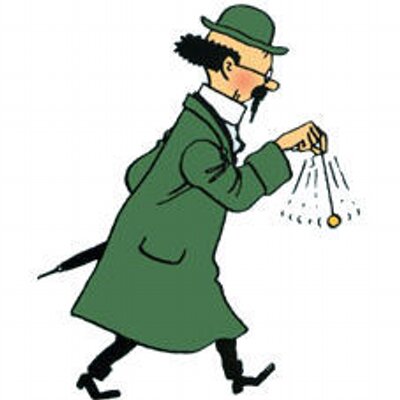04 Dec 2019
This post is part of the F# Advent Calendar 2019. Check out other posts in this series, under the #fsadvent hashtag, and… happy holidays everybody :)
It is that time of the year again for Santa, Inc. - a time of celebration for most, but for Mister Claus, a time of intense and stressful activity. Every year, keeping up with all these letters coming from kids everywhere, and assigning them to the Elves crew, is a problem. Mister Claus is a diligent CEO, and keeps up with current trends in technology. Perhaps this F# thing he keeps hearing about might help him handle all these letters?
Setting up the Problem
Instead of cute handwritten kids letters, we will take a much less cute, but conceptually similar problem. Imagine that, at regular intervals, we receive a batch of work items (the letters), which we need to process. We will represent each item as a Job, storing its batch number and number within the batch, and a Value, representing the job that needs doing:
type Job = {
Batch: int
Number: int
Value: int
}
18 May 2019
After a long period of silence, time to get back to our series on modelling D&D using F#! In our last installment, we plugged our code into Fable Elmish, to create a crude application simulating and visualizing combat.
The main reason I didn’t write for so long was that, as I put things together, I realized there were flaws in the design. I made heavy changes during the December holidays to address some of them, but found it hard to break it down in smaller steps that would fit a blog post after the fact. I don’t see a reason why things would magically get easier if I wait longer, so I’ll bite the bullet and try to explain these changes today.
Design issues
What were the issues I ran into?
Our initial version was a direct implementation of a naive interpretation of the rules, which state that
On your turn, you can move a distance up to your speed and take one action.
This roughly translated to a model where each creature, on their turn, could issue one or more commands, updating the state (World), one command at a time:
type Command =
| Move of Direction
| Action of Action
| Done
So what was the problem with that?
More...
15 Dec 2018
In the previous installment of this series, we ended up with a primitive model for turn-based battles in Dungeons & Dragons, covering some of the rules related to movement. The model we came up with represents actions taken by creatures as commands, which we use to update the state of the world. One nice thing about this model is how easy it is to test it out, in the scripting environment or otherwise. However, it would be nice to observe what is going on visually. This will be our goal for today: take our existing domain model, and plug that into Fable Elmish to visualize our rules in action.
Warning: I claim zero expertise in Fable, Elmish or not. For that matter, I would rate my skills in web stuff as “inexistent”. All this to say that the Fable related code is likely going to have some flaws - would love to hear from people who actually know what they are doing, how I could do better ;)
More...
05 Dec 2018
Yesterday, I needed a bit of a break after a long day, and decided to try and visualize the Lorentz attractor in Fable. As it turns out, it wasn’t complicated, and I was pretty proud of the result, so I shared a gif on Twitter:
People of The Internet expressed interest in knowing more about this, so here we go: let’s talk about the Lorentz Attractor, F# and Fable.
More...
03 Dec 2018
Welcome back to our ever-expanding series attempting to model D&D 5e rules in F#! In our previous episode, we began to dive in the representation of turn-based combat. We left off with a sketch of a design, where we keep track of the state of affairs in a World entity, updating the position of each creatures by applying a Move command to it.
We also left a few open issues that need to be addressed. The most glaring issue at that point is that, in our current model, every creature can move in any direction, at any moment. This isn’t right: according to the rules,
On your turn, you can move a distance up to your speed. You can use as much or as little of your speed as you like on your turn. […] You can break up your movement on your turn, using some of your speed before and after your action.
To make that happen, we need to incorporate turns (which creature can currently make decisions), and movement (how many feet a creature is allowed to move).
More...
